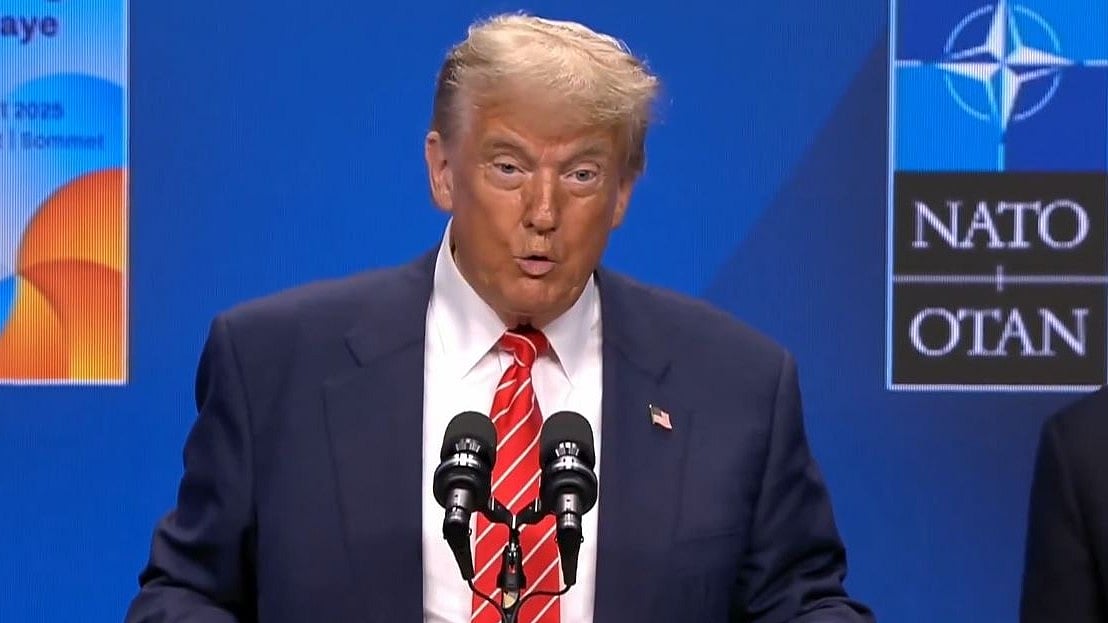New Delhi: Robust services exports and the inflow of healthy remittances from Indians working overseas will help keep India’s current account deficit (CAD) in the safe zone during financial year 2025-26 even though the country’s merchandise trade deficit has come under some pressure, according to a Crisil report released on Wednesday.
The report projects CAD to be only marginally higher at 1.3 per cent of GDP in 2025-2026, as against an estimated 1 per cent of GDP in 2024-2025.
At $11.5 billion, or 1.1 per cent of gross domestic product (GDP), India’s current account deficit (CAD) was largely stable in the third quarter of financial year 2024-25, compared with $10.4 billion, or 1.1 per cent of GDP, in the corresponding year-ago quarter, the report states.
Sequentially, the deficit narrowed from $16.7 billion, or 1.8 per cent of GDP, in the second quarter of fiscal 2025.
While the merchandise trade deficit worsened during the third quarter, there was counterbalancing from an improvement in services surplus and remittances from Indians working overseas.
The rise in merchandise trade deficit was mostly on account of worsening in oil trade balance, as exports fell and imports rose, the report points out.
Foreign capital saw a net outflow during the third quarter, as opposed to a net inflow in the year-ago period. This was reflected in the 1.6 per cent depreciation of the rupee to 84.5 per dollar in the third quarter from 83.2 in the corresponding quarter last fiscal, the report states.
Within the financial accounts, all subcomponents saw outflows, with the maximum from the net foreign portfolio investor (FPI) segment amounting to $11.4 billion. Other investments saw outflows for the first time since the second quarter of the fiscal year 2023.
The net outflow from the financial account even as the current account was in deficit meant a hit to India’s forex reserves, which decreased by $37.7 billion during the third quarter.
However, this also indicates the Reserve Bank of India’s intervention in the forex market by way of US dollar sales to contain the sharp rupee volatility during the quarter. The situation has since somewhat stabilised. As a result, India’s forex reserves rebounded to $658.8 billion as of March 21, from $644.4 billion at the end of the third quarter, the report points out.
Disclaimer: This is a syndicated feed. The article is not edited by the FPJ editorial team.












